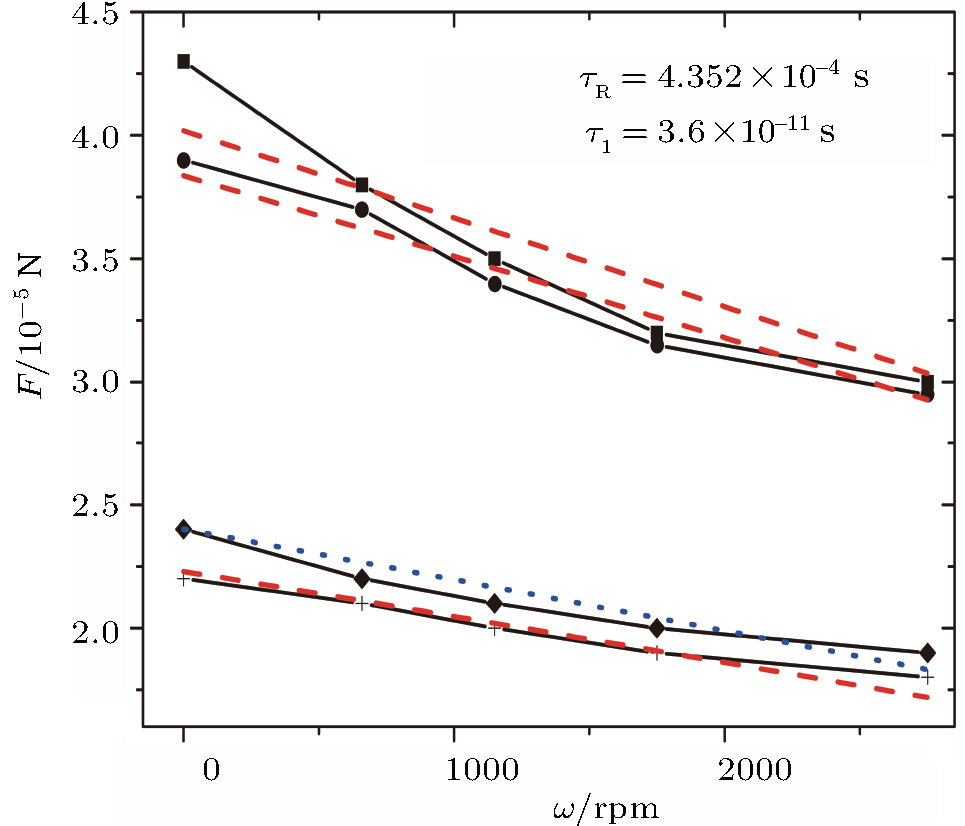Alternating-current relaxation of a rotating metallic particle
Fitting of the experimental data of a rotating metallic particle (copper) and a stationary dielectric one (polyamide) in an AC electric field with frequency

Alternating-current relaxation of a rotating metallic particle |
Fitting of the experimental data of a rotating metallic particle (copper) and a stationary dielectric one (polyamide) in an AC electric field with frequency |
 |